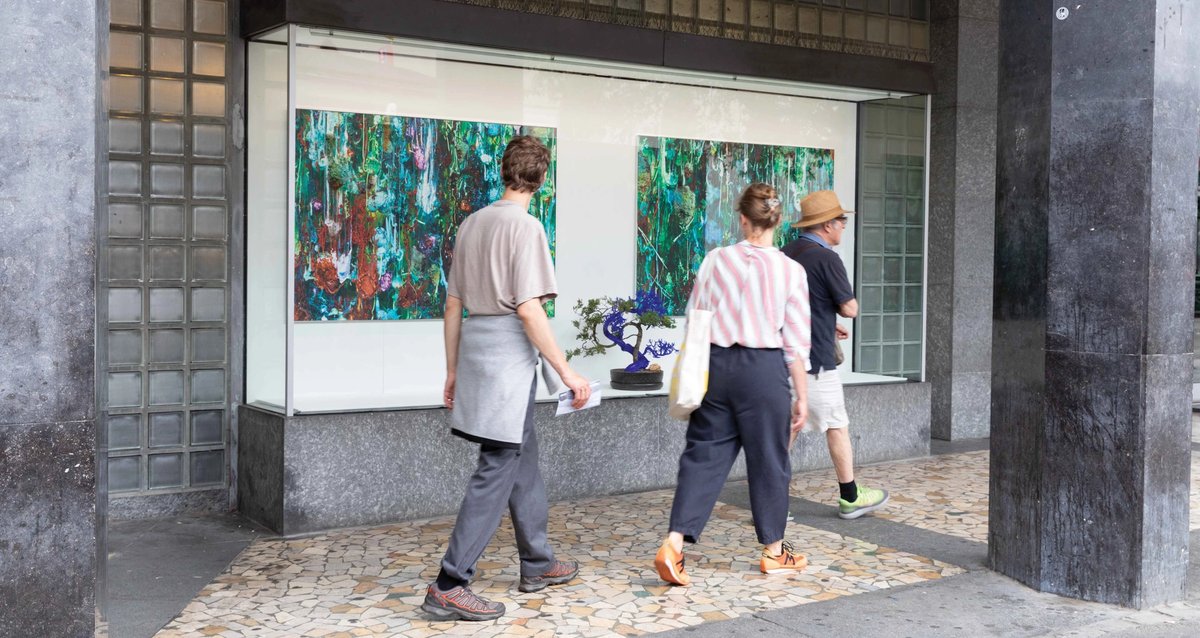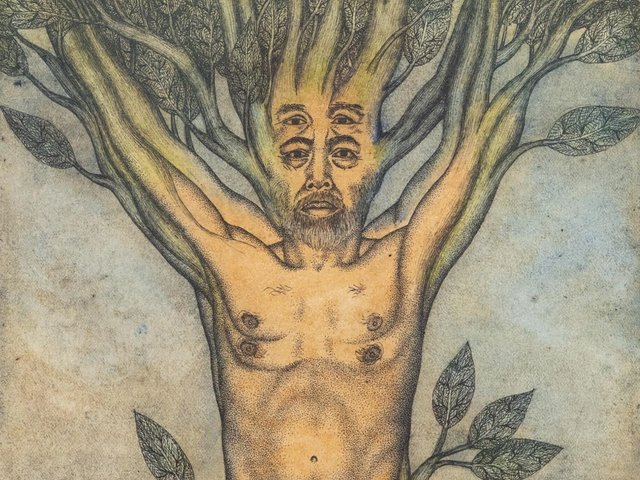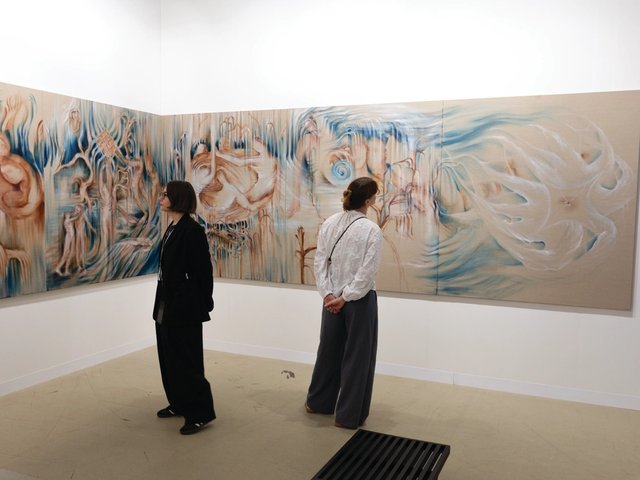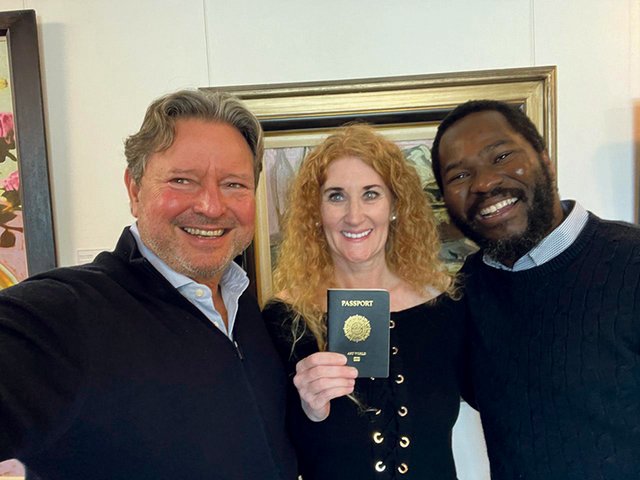“I’ve done so many Basel site visits now, I feel I really know the city,” says the New York-based curator Stefanie Hessler, who takes charge of Art Basel’s Parcours exhibition for the second time. Twenty-one works are shown around the city: some in the open air, others in places that do not normally show art, such as hotels, functioning shops and even private apartments. “Each time there’s a new artist’s project, we’re finding additional places that are responsive to and correspond in an interesting way, because they amplify or mirror or contrast with the artist’s work.” Most of the projects cluster around Clarastrasse, the road that leads from the main fair down to the river. This year there is also a work by Fiona Banner on the bridge, and a piece in the Münsterplatz on the other side in the Old Town.
Agnieszka Kurant
UBS Geschäftsstelle, Claraplatz 2
“This installation (above) consists of what Kurant calls chemical gardens: paintings made with salts which are grown from the metals used for manufacturing computers. Also on display is a bonsai tree that is intertwined with a sculpture showing the algorithmically predicted ideal form of how it will grow in the future. So it is setting up the bonsai on its path of self-fulfilling prophecy.”
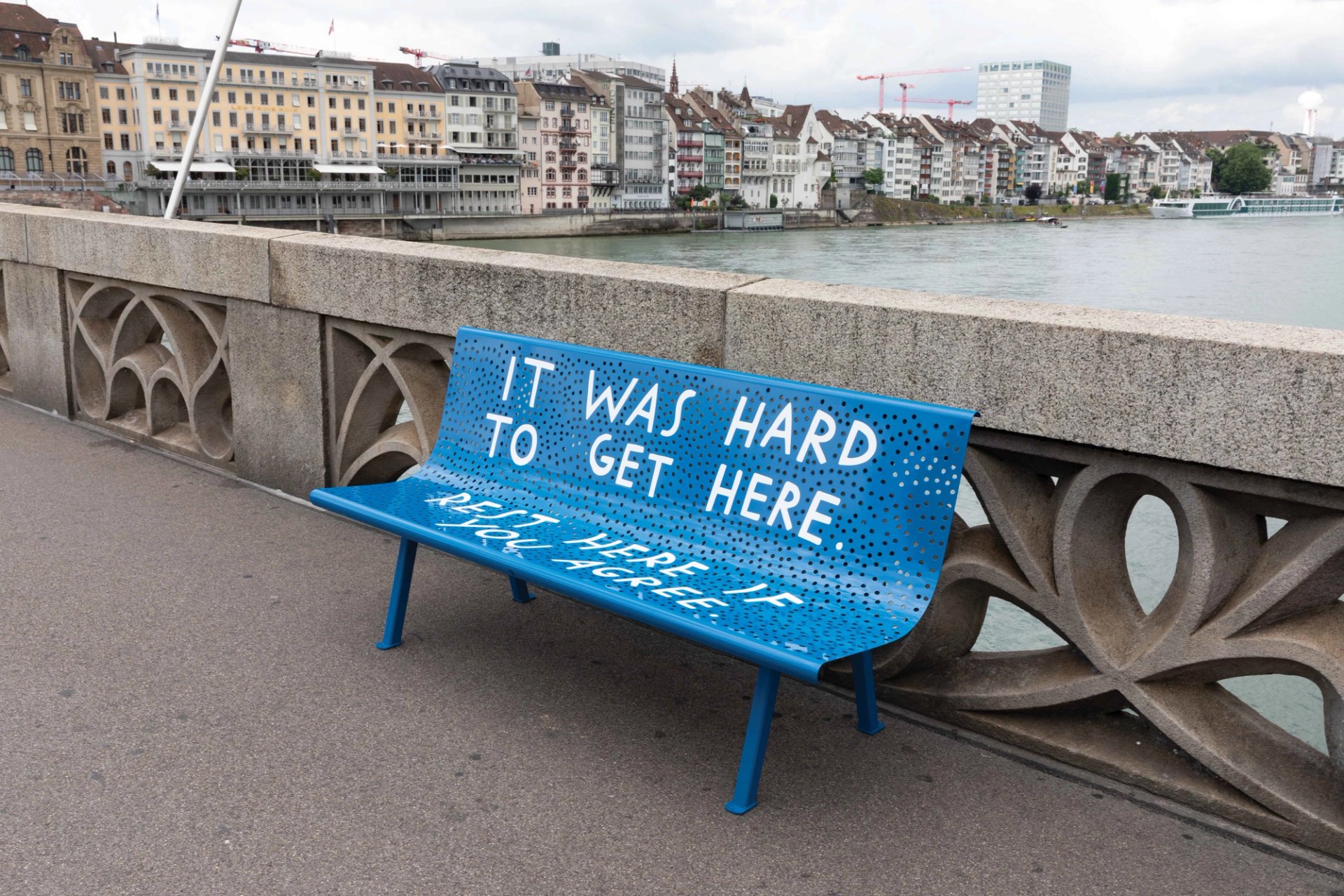
David Owens
Finnegan Shannon
Various locations
“These benches offer moments of rest to visitors. They are installed in different locations alongside the route of Parcours. Finnegan Shannon’s work is about accessibility, thinking about how to go beyond legal requirements and make gestures of generosity. There are texts written on the benches, such as “It was hard to get here. Rest here if you agree.” There are also seven clocks at unmarked locations around Parcours—the artist has altered the face of each one so that they count days rather than hours and minutes, rethinking how we measure the passage of time.”
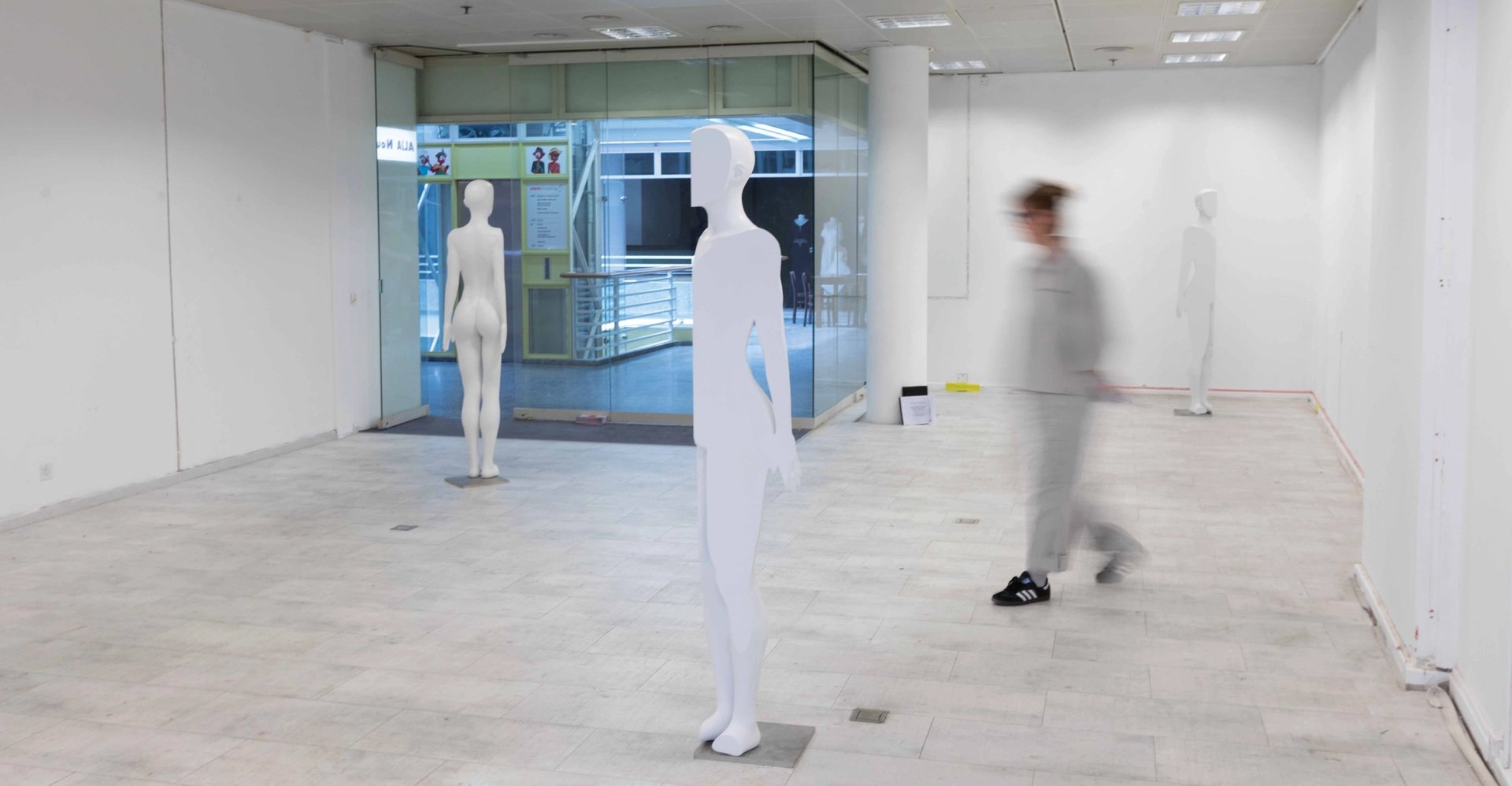
David Owens
Anna-Sophie Berger
Clara Shopping, Greifengasse 26
“Like Agnieszka Kurant (see above), Anna-Sophie Berger is fond of digital tools. She employs a process called “soft-body collision”, which is used in videogames to model how bodies react to external forces. Berger is interested in the violent effects of what she calls external modifiers, creating sculptures that look almost like shop mannequins—shown in an empty store in the Clara shopping centre.”
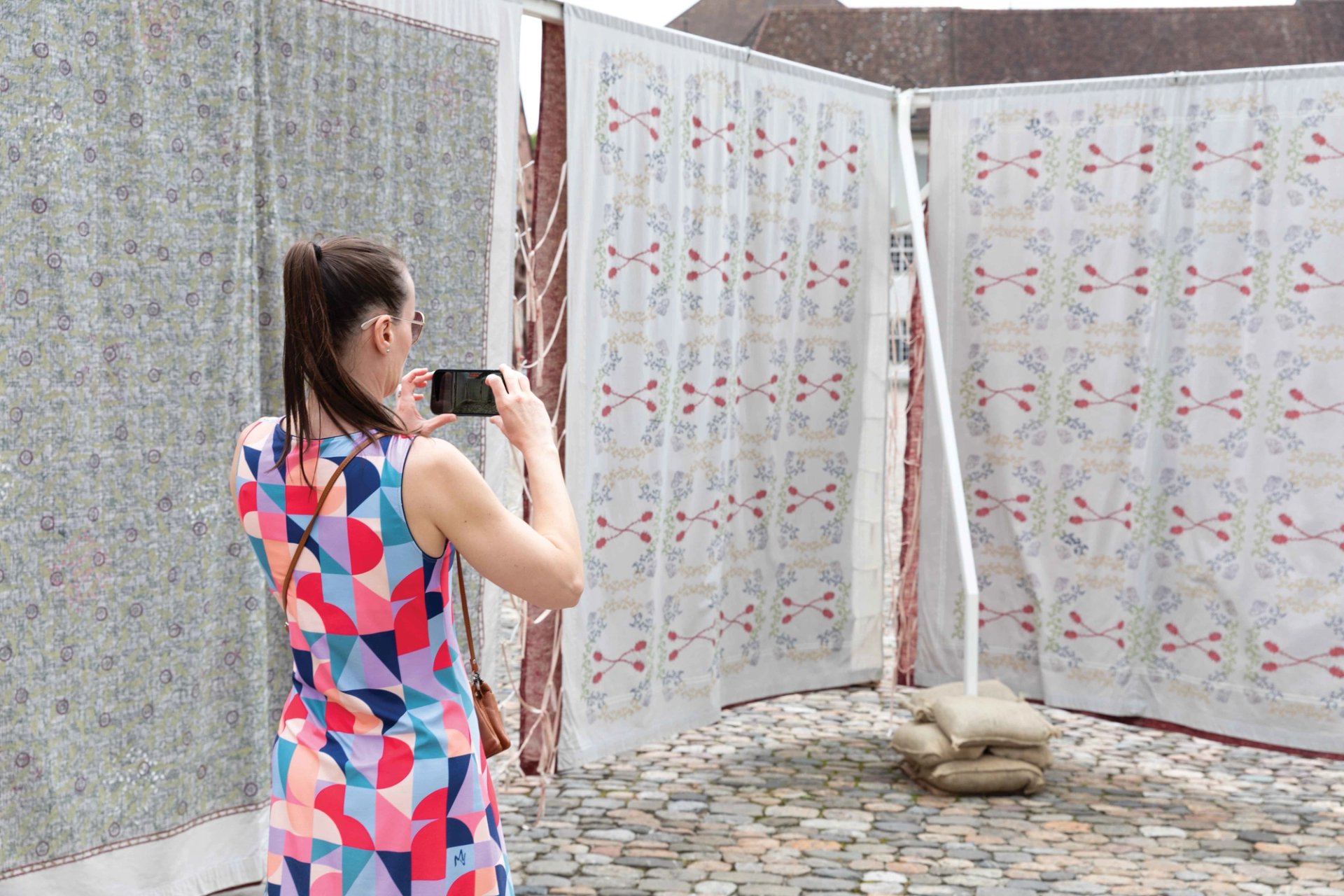
David Owens
Hylozoic/Desires (Himali Singh Soin & David Soin Tappeser)
Münsterplatz
“This is an 80m-long installation made from fabric two and a half metres high. It is in the shape of part of what was known as the Inland Customs Line, which a 4,000km border installed by the East India Company on the subcontinent in the 1830s to intercept salt smugglers. On one side of the fabric barrier are prints that reference the hedge that made up part of the line; on the other side are prints of the termites that eventually ate into the hedge and decomposed it. The artists see this as a site of colonial architecture, and a site of resistance.”
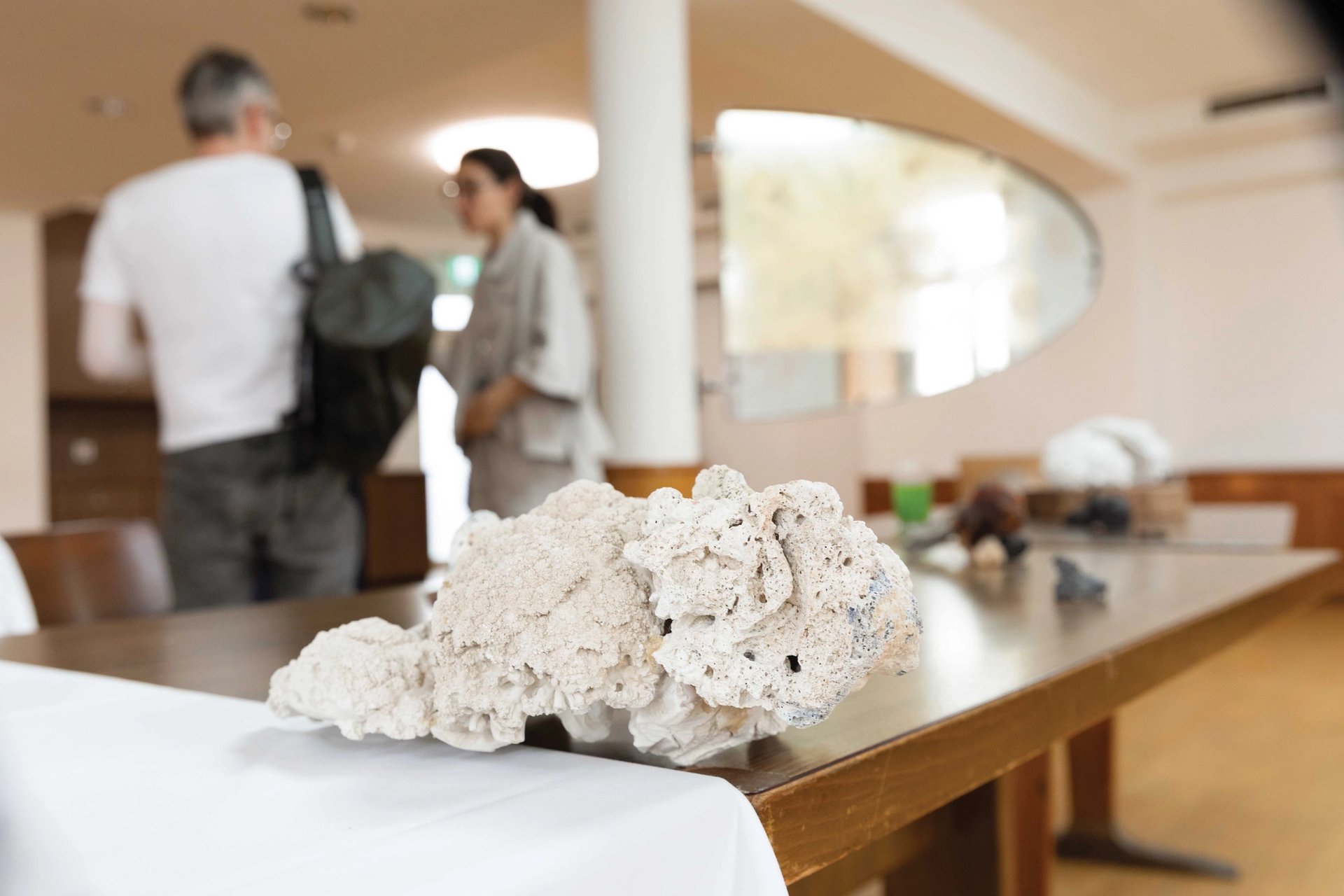
David Owens
Yu Ji
Hotel Rheinfelderhof, Hammerstrasse 61
“Yu Ji has made a new site-responsive installation inside the banquet hall of the hotel. There are sculptures of concrete in the shape of organic forms such as cauliflowers, snails and other flora and fauna. She has used the existing furniture in the space—tables and chairs, for example—and sited her work around it. The artist is also collaborating with a local bakery, which will bake fresh bread every day to intersperse throughout the installation for people to taste, if they so wish.”
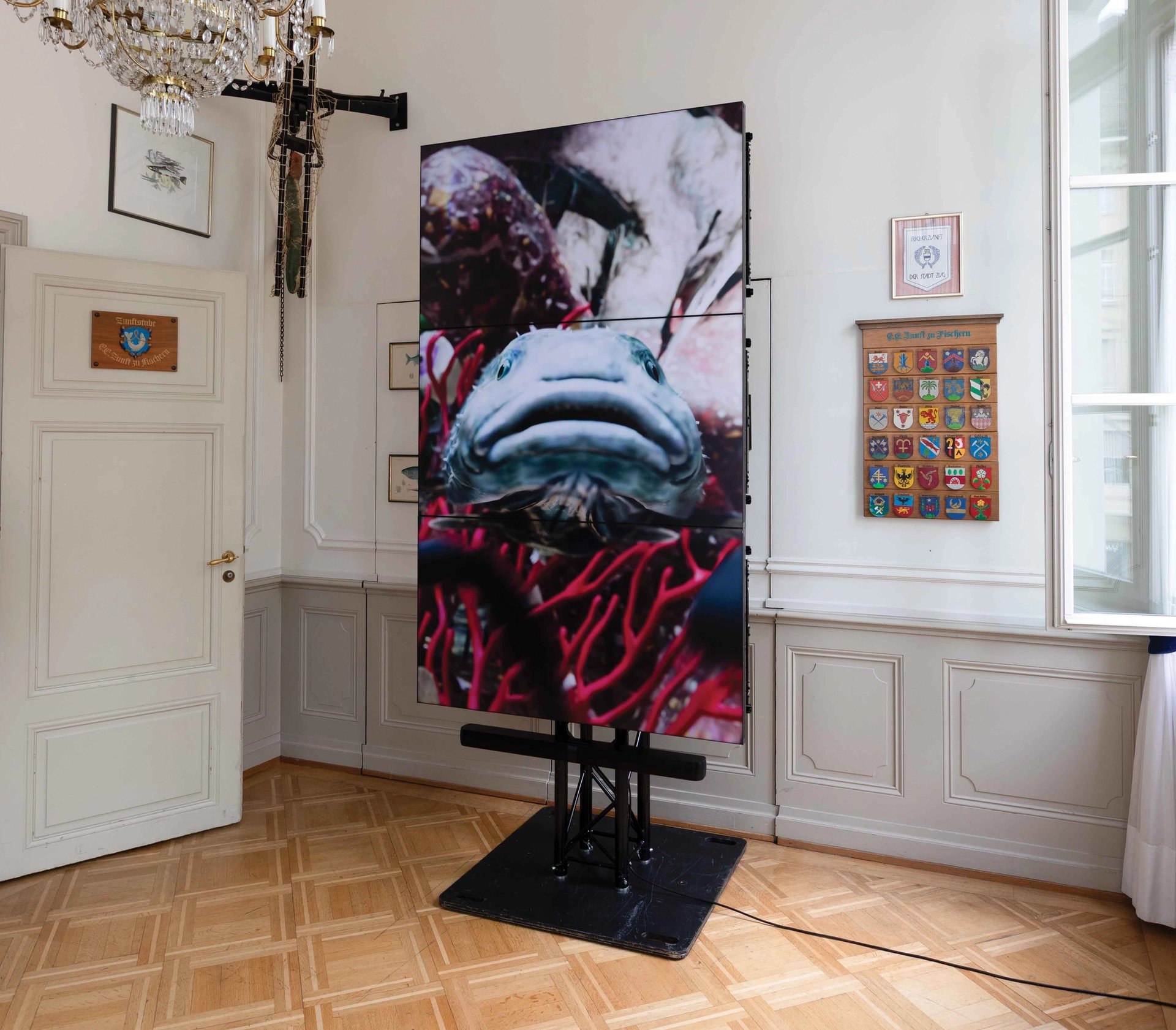
David Owens
Theo Triantafyllidis
Merian Hotel (Fischerstube), Greifengasse 2 (entrance through Restaurant Du Pont)
“Theo Triantafyllidis is a Greek artist who makes live simulations of underwater systems showing fish and marine life, and also plastic. One of these is is shown in the Merian hotel in the Fischerstube, which translates as fisherman’s room, where there are beautiful etchings of fish already on the walls.”
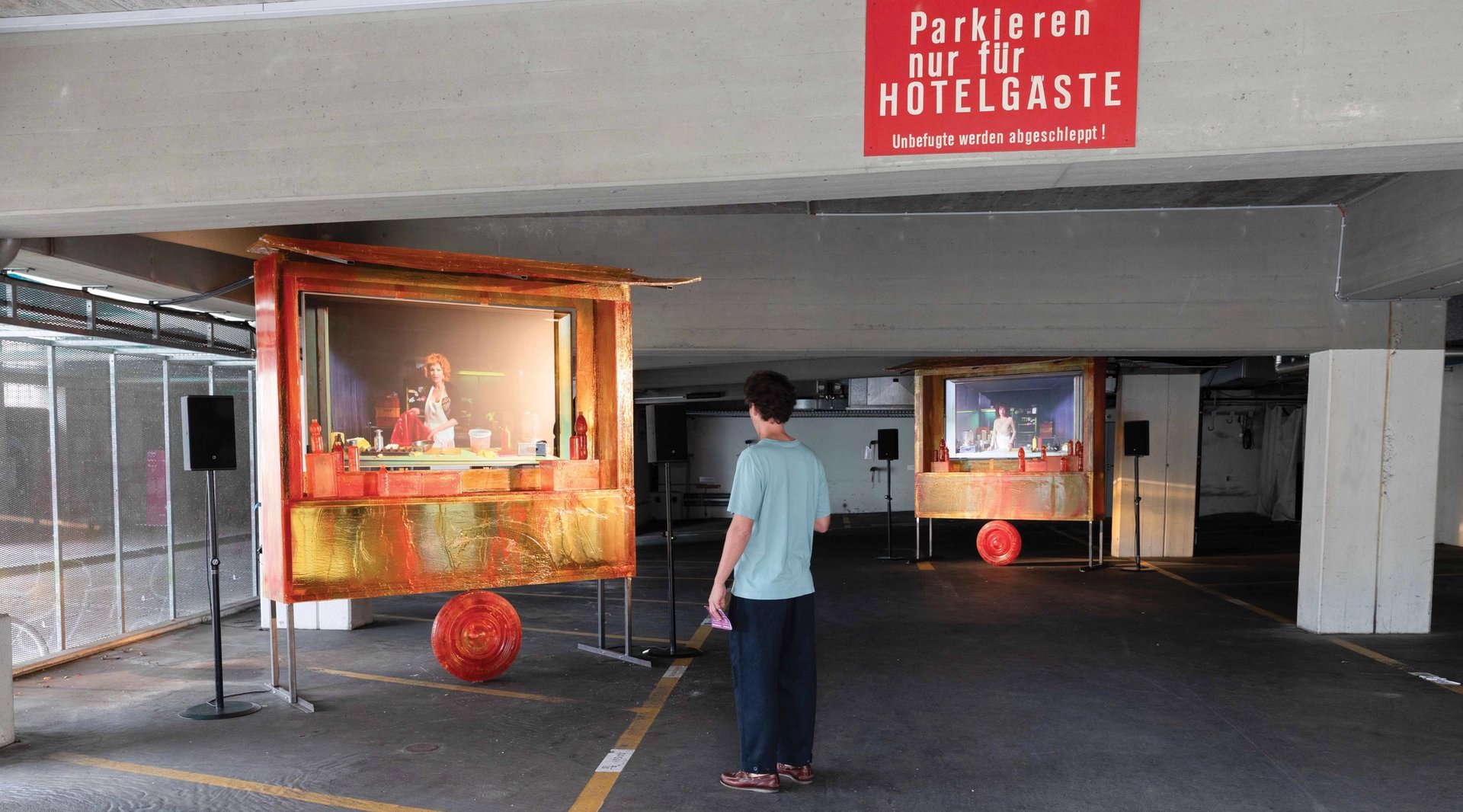
David Owens
Marianna Simnett
Merian (Garage), Greifengasse 2
“In the garage underneath the Merian hotel, Marianna Simnett presents two sculptures in the shape of concession stands, like the ones at sporting events. They are made from a translucent orange-coloured resin. Inside them are videos of lonely women, who are singing melancholic songs to themselves. As they sing, every now and then, the shutters of the concession stands close and reopen.”


